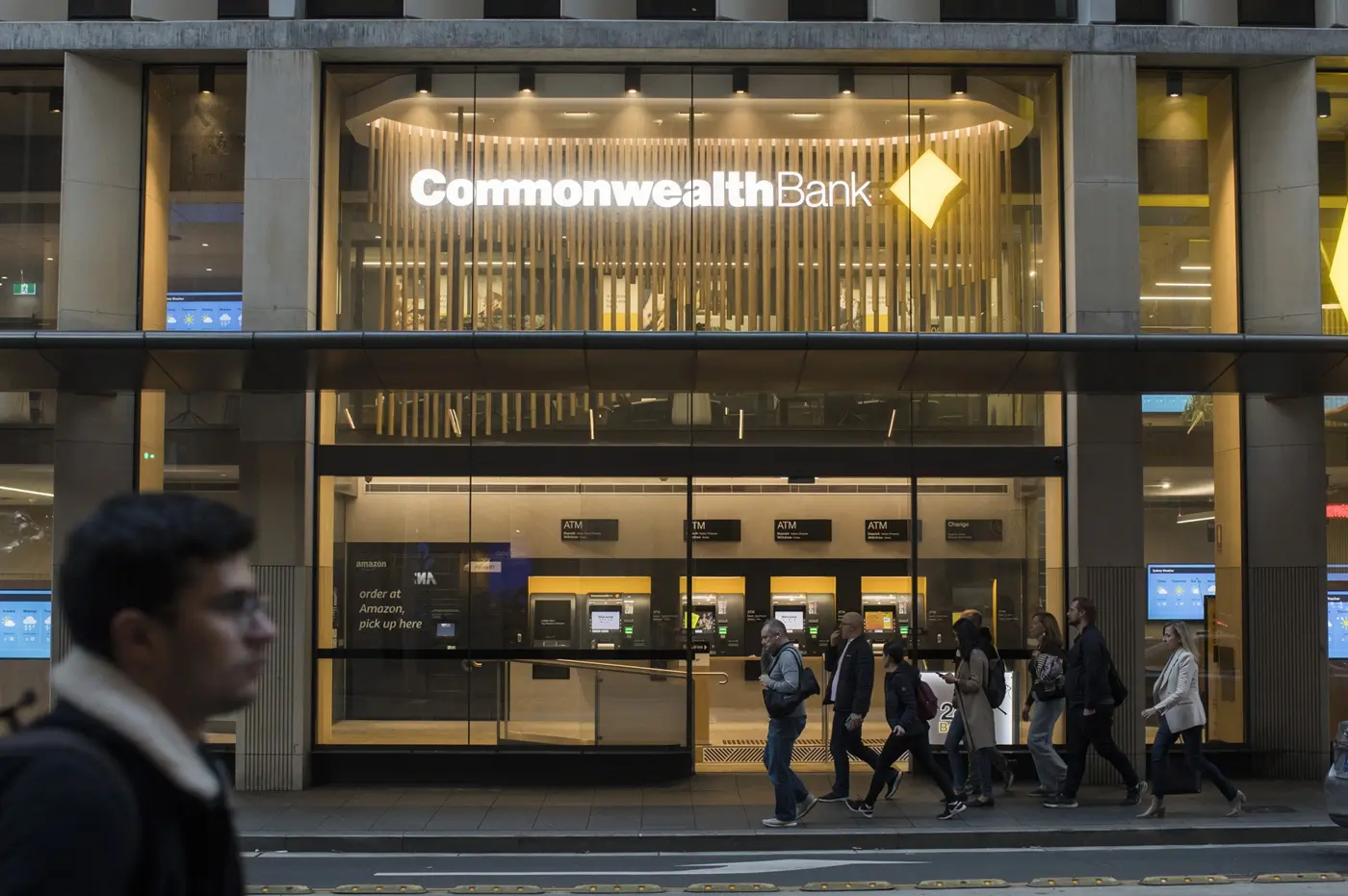In today’s marketplace, brand design is critical to standing out and building genuine connections. For B2B and B2C companies, it’s not just about looks—it’s about telling a story that resonates with your audience and aligns with your business goals. This article will discuss key strategies and trends in brand design to help you boost your brand’s impact. From rebranding to building a brand from scratch, we’ll explore how great design fosters trust, consistency, and lasting relationships across all channels.
Aligning Brand Design with Corporate Values.
Why Aligning Brand Design with Corporate Values Matters.
When your brand design aligns with your corporate values, it goes beyond aesthetics to represent who you are at your core. This alignment builds authenticity and helps your audience understand your brand more deeply. A values-driven design approach allows you to create an emotional bond with your customers, turning one-time buyers into loyal advocates. Whether it’s sustainability, innovation, or customer-centricity, reflecting your values in your design ensures that your brand resonates with those who share the same beliefs. This emotional connection can help set you apart in a crowded market, engage employees, drive change, or increase brand loyalty and advocacy.
Reflecting Corporate Values Through Visual Identity.
Your visual identity is one of the most immediate ways to communicate your values. This includes the colours, typography, and imagery that make up your brand’s look and feel. For example, a company committed to sustainability might use natural colour schemes, such as greens and browns, to symbolise their environmental focus. A tech-forward company, on the other hand, might use bold, modern fonts and vibrant colours to communicate its innovative spirit. Every visual element should be purposeful, contributing to the story you want to tell about your brand. This intentionality helps your audience understand your brand quickly and builds credibility and trust by showing consistency in how you present yourself.
Building Trust Through Brand Design.
Brand Design for Authenticity.
Authenticity is critical to building trust, and your brand design plays a central role in conveying that authenticity. Designing for authenticity means that everything about your brand’s brand identity—from your logo design to your website—should align with your values and brand promise. This alignment tells your audience that your brand is genuine and dependable. A consistent visual language across different platforms and channels reinforces your commitment to your brand values and ensures your audience knows what to expect when interacting with you. Creating a brand identity that is true to your brand strengthens relationships with customers who value transparency and integrity.
Visual Cues That Communicate Trust.
Visual cues are powerful tools for communicating trust. Consistent use of colour, typography, and imagery makes your brand more recognisable and helps convey stability and professionalism. For instance, blue is often used to evoke feelings of trust and reliability, while green can symbolise growth and health. Similarly, clean and elegant typography conveys a sense of sophistication, while more casual fonts communicate friendliness and approachability. Imagery that resonates with your target audience can also foster familiarity and comfort. Ensuring that every visual element reflects your brand’s promise creates a cohesive and trustworthy experience for your audience.












